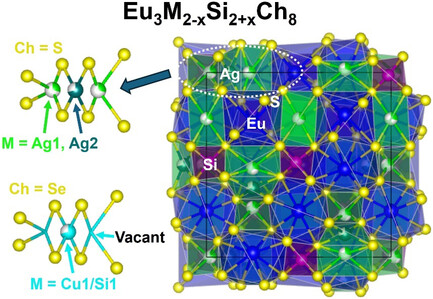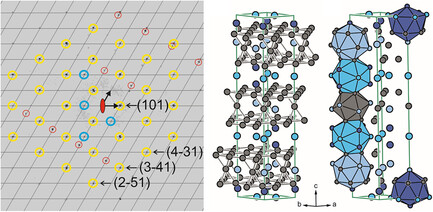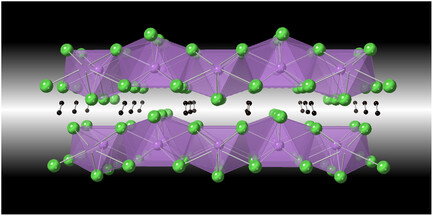Journal list menu
Export Citations
Download PDFs
Cover
Front Cover: Laudatio (Z. Anorg. Allg. Chem. 10/2025)
- First Published: 09 July 2025
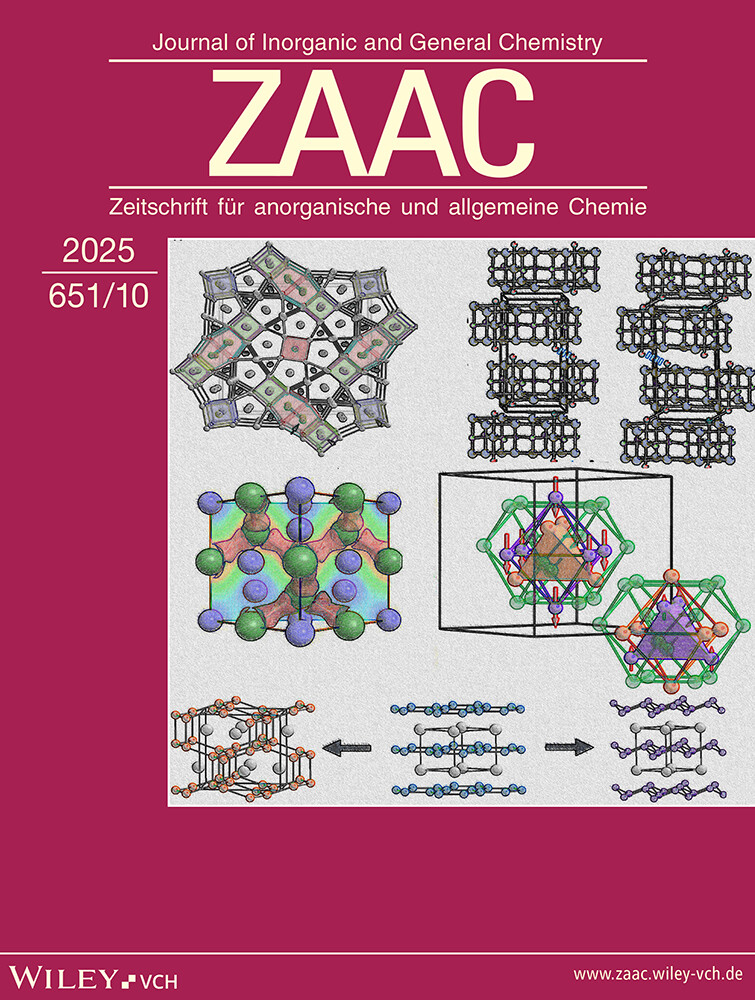
The cover image highlights the great contributions of Prof. Gordon J. Miller to the understanding of chemical bonding in complex extended solids in relation to their crystal structure and properties. More details to the special collection “Dedicated to Professor Gordon Miller on the Occasion of His 65th Birthday” can be found in the Laudatio 2500095 by Kirill Kovnir, Weiwei Xie, Fei Wang, Jakoah Brgoch, and Yurij Mozharivskyj.
Guest Editorial
Review
Use of Frit-Disc Crucible Sets to Make Solution Growth More Quantitative and Versatile
- First Published: 16 March 2025
Research Articles
Ternary Gallide Hf7Pd7Ga3: Crystal and Electronic Structures
- First Published: 25 February 2025
The Missing Tb2O2NCN Compound: Synthesis, Characterization, and Luminescent Properties
- First Published: 27 January 2025
Synthesis, Structure, and Disorder in Na36Sn5Pn18 (Pn = P, Sb)
- First Published: 23 February 2025
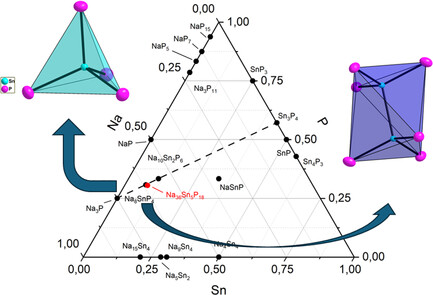
The two electron-precise compounds comprise beside sodium cations two types of anions: tetrahedral [SnPn4]8− beside [Pn3Sn-SnPn3]12− dimers. In the case of Pn = P, an interesting disorder reveals that in addition trigonal planar [SnP3]5− units occur. The latter arises from a shift of the central Sn atom in the center of the triangular face of the SnP4 tetrahedron.
Synthesis, Crystal and Electronic Structure of Ca4CdIn2Ge4: A Quaternary Variant of the Monoclinic Mg5Si6 Structure
- First Published: 20 March 2025
A Heavily Disordered γ-Brass Type Phase Ag5+δZn8-δ
- First Published: 13 April 2025
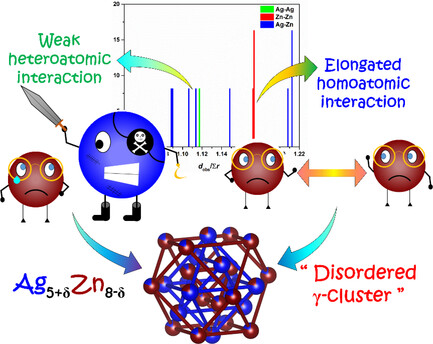
Unlike the other group-I γ-brass type phases, γ-Ag5+δZn8-δ shows substitutional disorder in every crystallographic site though the coloring scheme is allied to γ-Cu5Zn8. DFT-based theoretical calculation shows that the phase is stabilized by Fermi Surface-Brilloiun Zone interaction. The substitutional disorder is guided by relatively weak heteroatomic interaction and elongated homoatomic interactions of the majority element.
Advancing the Ca14AlSb11 Structure Type: Synthesis and Characterization of Yb14CdSb11 for Thermoelectric Applications
- First Published: 08 April 2025
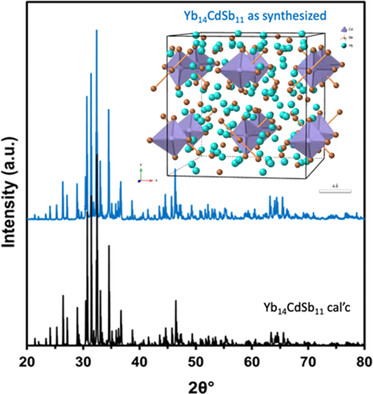
Yb14CdSb11 has been synthesized in both single crystals and polycrystalline powder form. We perform heat capacity measurements on single crystals and thermoelectric transport properties from room temperature to 1000˚C. We show that as prepared in high yield, this compound is a promising thermoelectric material. We propose how to optimize the composition further to improve the properties.
Sm2Ru3Sn5: A Noncentrosymmetric Cubic Member of the Ln2M3X5 Family
- First Published: 31 March 2025
Updated Structure Determination of La(OH)2Cl
- First Published: 17 April 2025
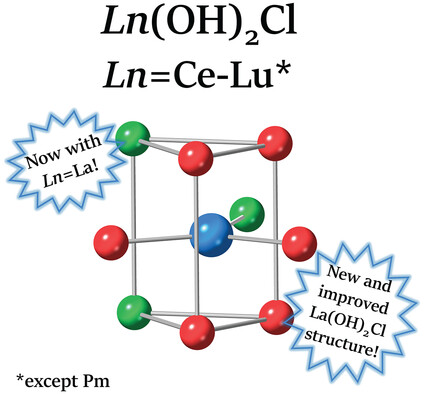
A revised crystal structure of La(OH)2Cl is reported in space group P21/m and is isostructural to a series of Ln(OH)2Cl (Ln = Ce – Lu excluding Pm). The data collected herein are compared to the previously published La(OH)2Cl in the space group P2/m. An updated hydrothermal synthesis and revised crystallographic structure for La(OH)2Cl in P21/m are reported.
Ferrimagnetic TiMn1–xOs2+xB2 and TiNi1–xOs2+xB2 Containing Chains of Mn3- and Ni3-Triangles as Well as Trigonal Planar B4 Units
- First Published: 31 March 2025
Dynamic Bismuth Clusters in an Ionic Conducting Copper Iodide Matrix
- First Published: 01 March 2025

The cubic room-temperature structure of (Bi9)[Cu8I13] shows dynamic effects that involve fluctuations in bonding within the (Bi9)5+ polycation and mobility of the Cu+ cations. Flash freezing results in a fully ordered, polar monoclinic structure, which can be interpreted as a hierarchical filling variant of the NaZn13 structure type. (Bi9)[Cu8I13] is an electronic semiconductor and a copper ionic conductor.
Synthesis, Structures, and Transport Properties of Quaternary Ba–Ag–Tr–As Materials (Tr = Ga, In)
- First Published: 15 April 2025
Ordering Principles in Niobium Tungsten Oxides of the Tetragonal Tungsten Bronze Type
- First Published: 03 April 2025
Ba7C2Al2O9: A Barium Oxide Carbide Oxoaluminate with the Structured Formula Ba7O[C2][AlO4]2
- First Published: 14 April 2025
Eu(II)-Based Quaternary Chalcogenides with Noncentrosymmetric Structures Stabilized by Site Disorder of d10 Metal Cations
- First Published: 14 April 2025
Atomic Coordination, Chemical Bonding, and Electronic State of Praseodymium in Pr2Si7
- First Published: 07 April 2025
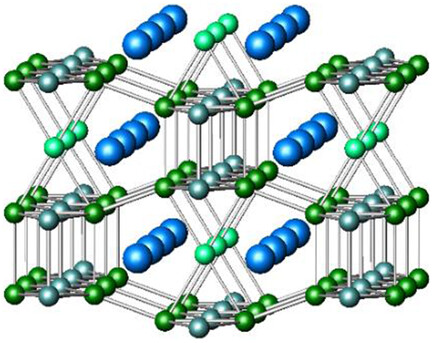
Pr2Si7 is obtained by high-pressure, high-temperature synthesis. The topological coordination numbers underline the significance of the silicon partial structure. The homoatomic connectivity within the polyanionic framework in combination with the formation of lone pairs clearly indicates a hypervalent bonding situation for silicon. The degenerate electronic f 2 state of the Pr3+ ion is split by the crystalline electric field.
Hf6Al7 and Hf4.44(1)Nb1.56(1)Al7—the First Fully Ordered Main Group Metal Containing W6Fe7 Type Compound and its Ternary Coloring Variant
- First Published: 30 April 2025
Flux Growth of La3MC2 (M = Sb, Bi, Te), a New Family of Ternary Carbides
- First Published: 15 May 2025




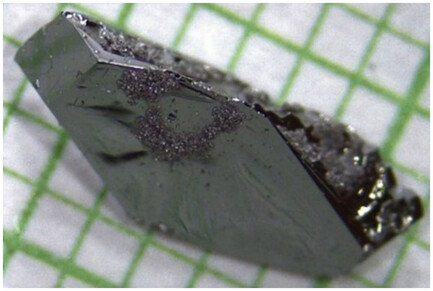

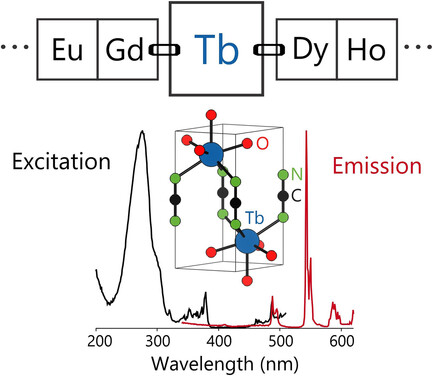
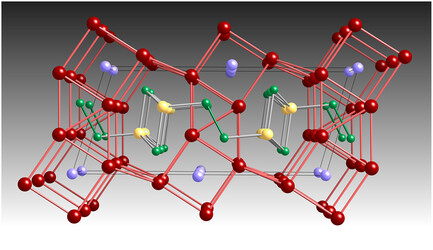
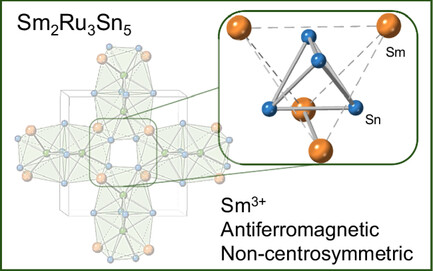
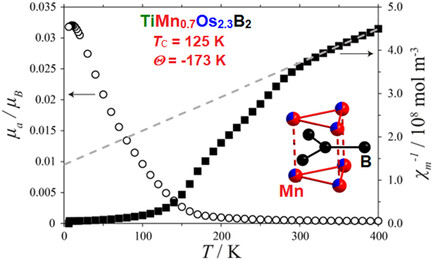
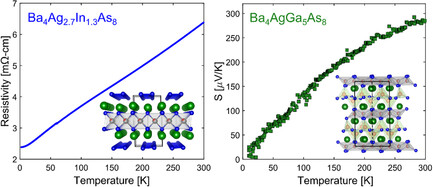
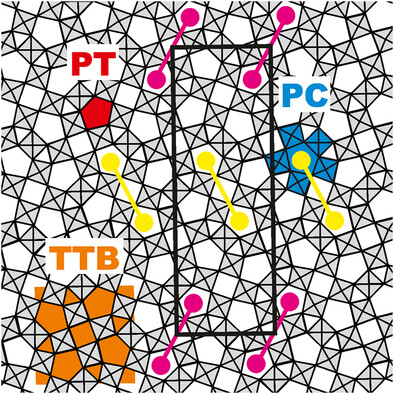
![Ba7C2Al2O9: A Barium Oxide Carbide Oxoaluminate with the Structured Formula Ba7O[C2][AlO4]2](/cms/asset/821d0182-4e90-41dd-b137-dd22389282d7/zaac202500040-blkfxd-0001-m.jpg)
